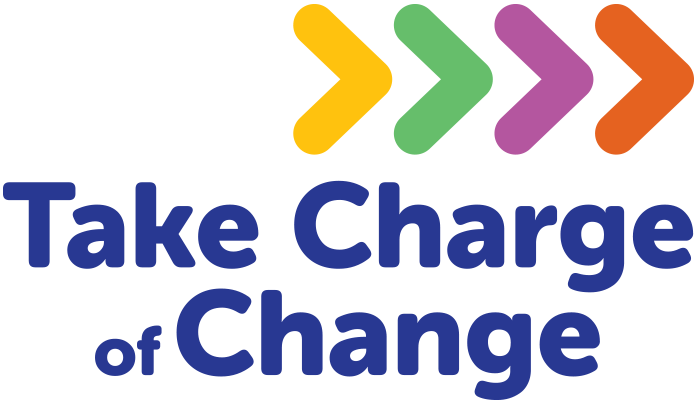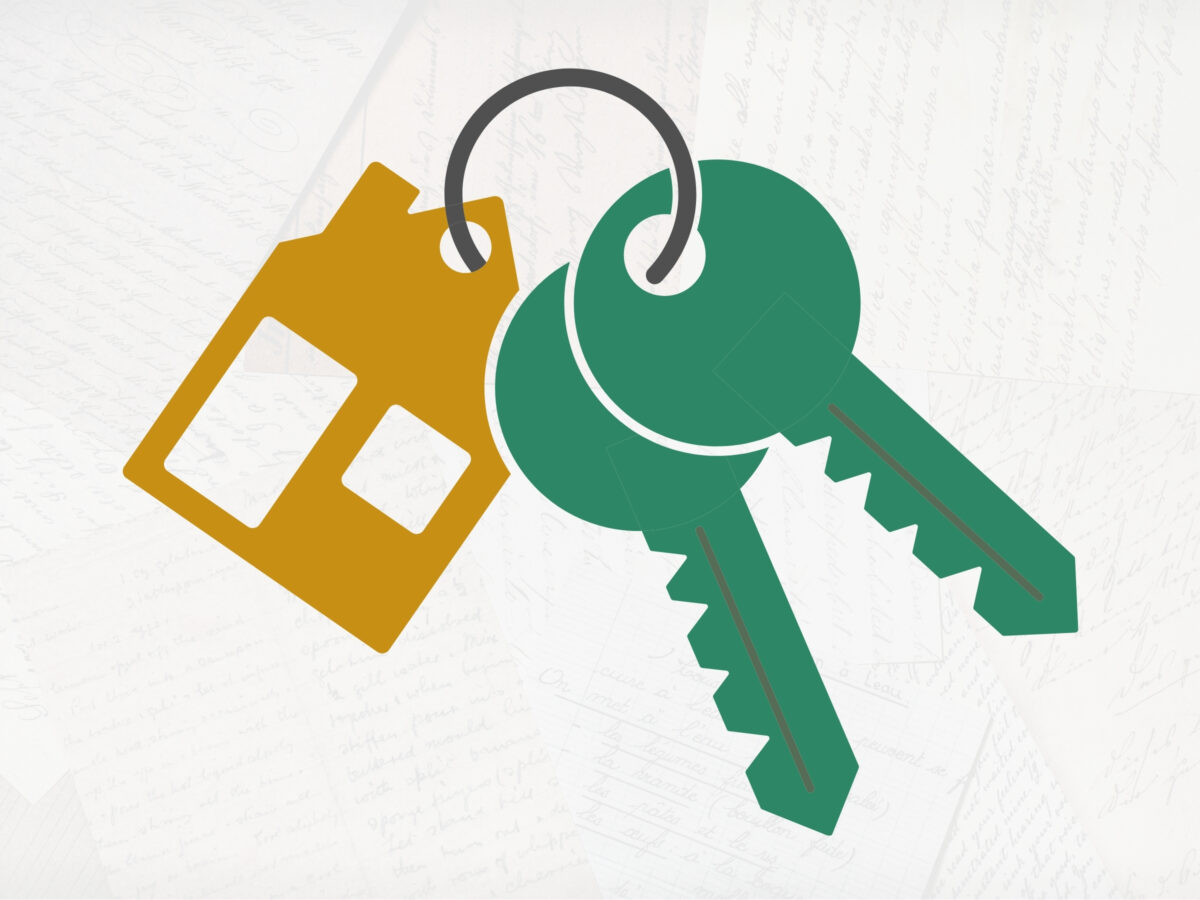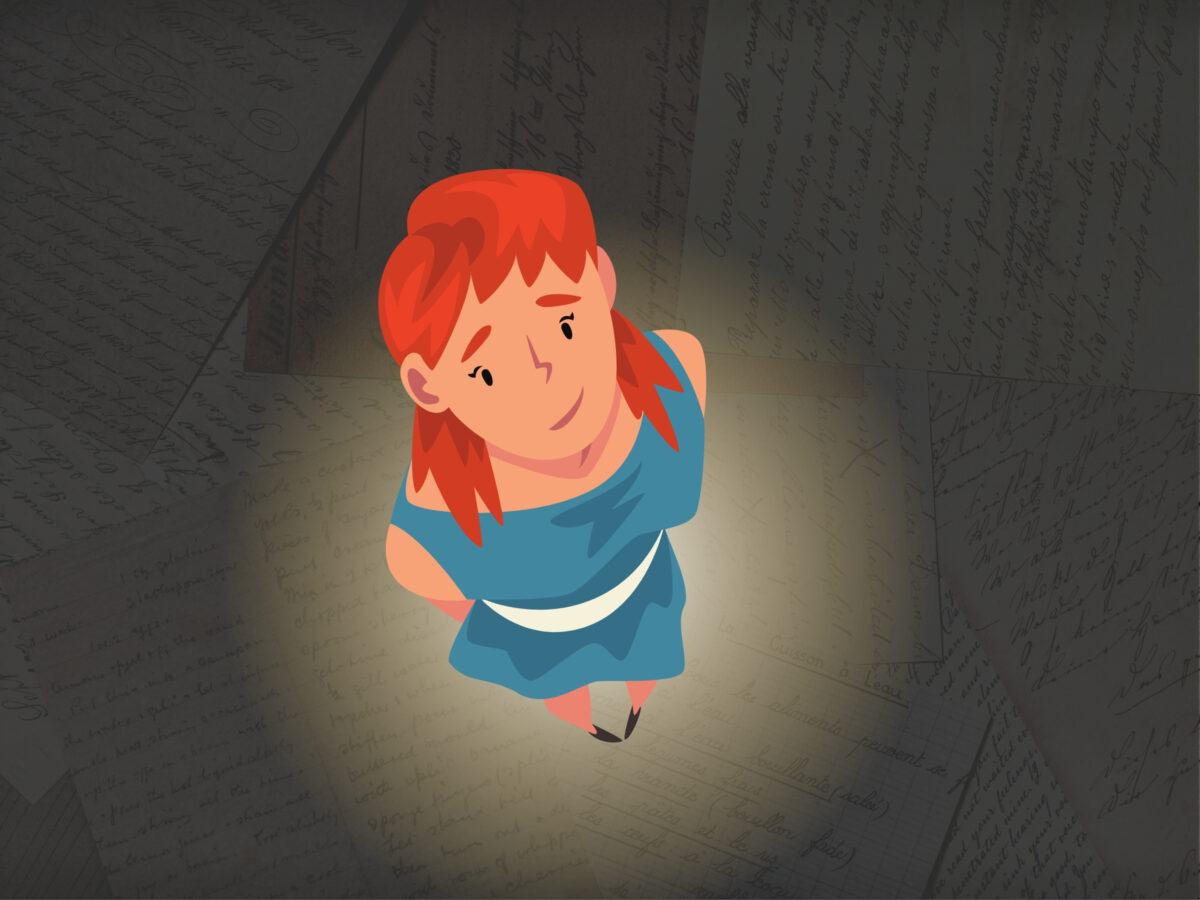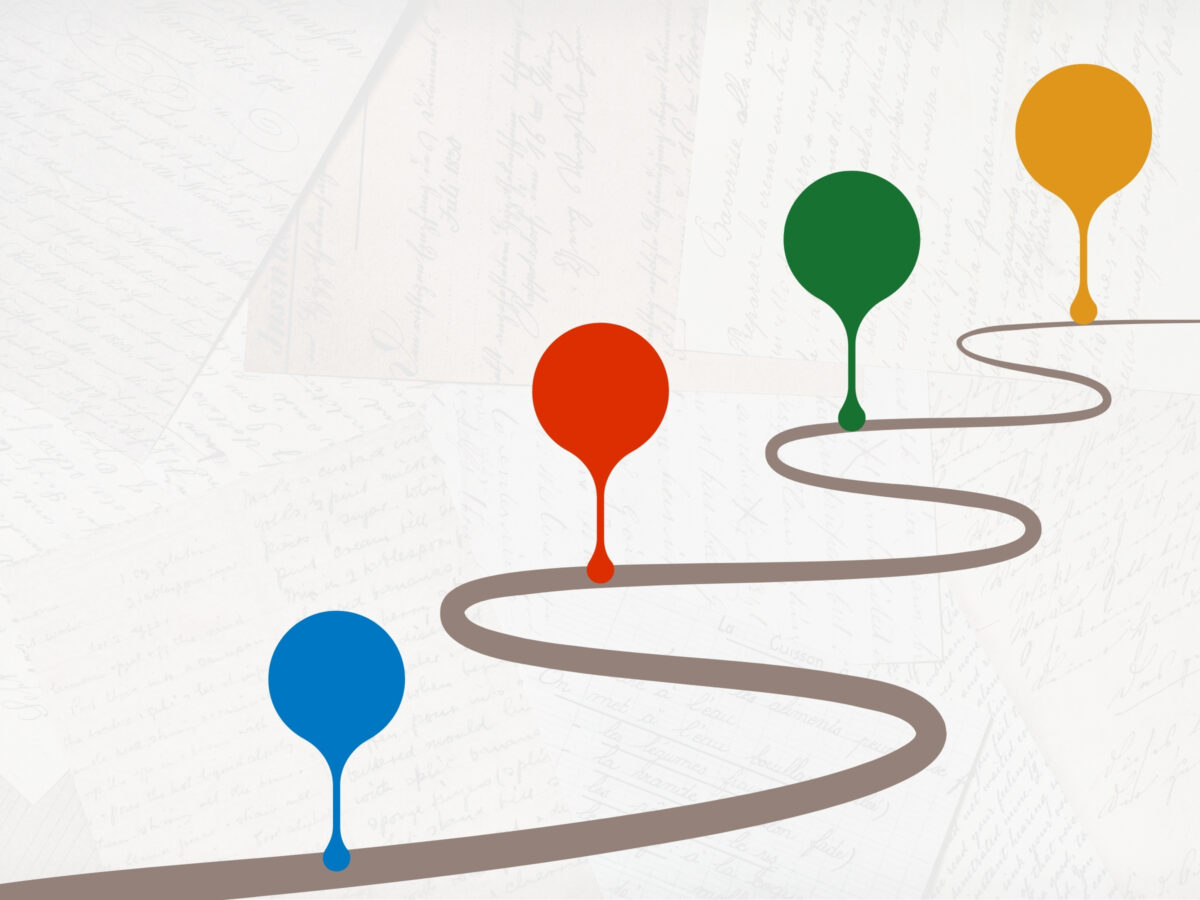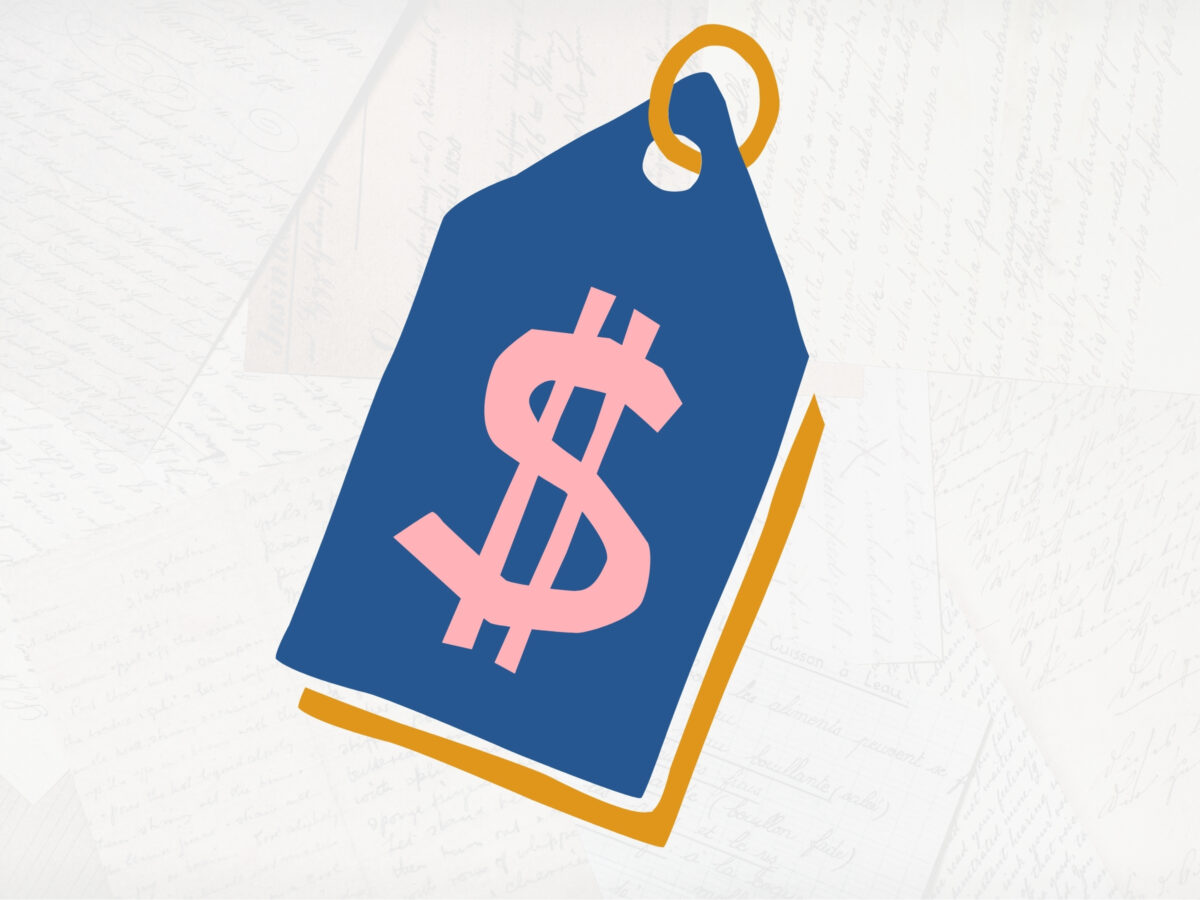Fibromyalgia, 0 Out of 5 Stars, Do Not Recommend
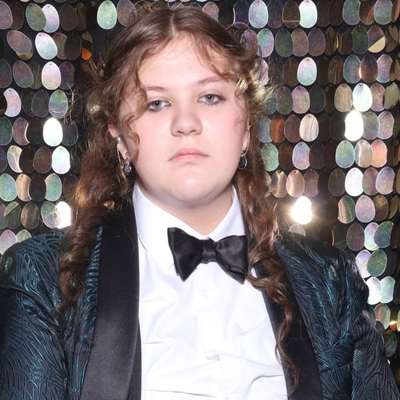
Written by: Charlotte Rawlinson
First Published: 15 October, 2025
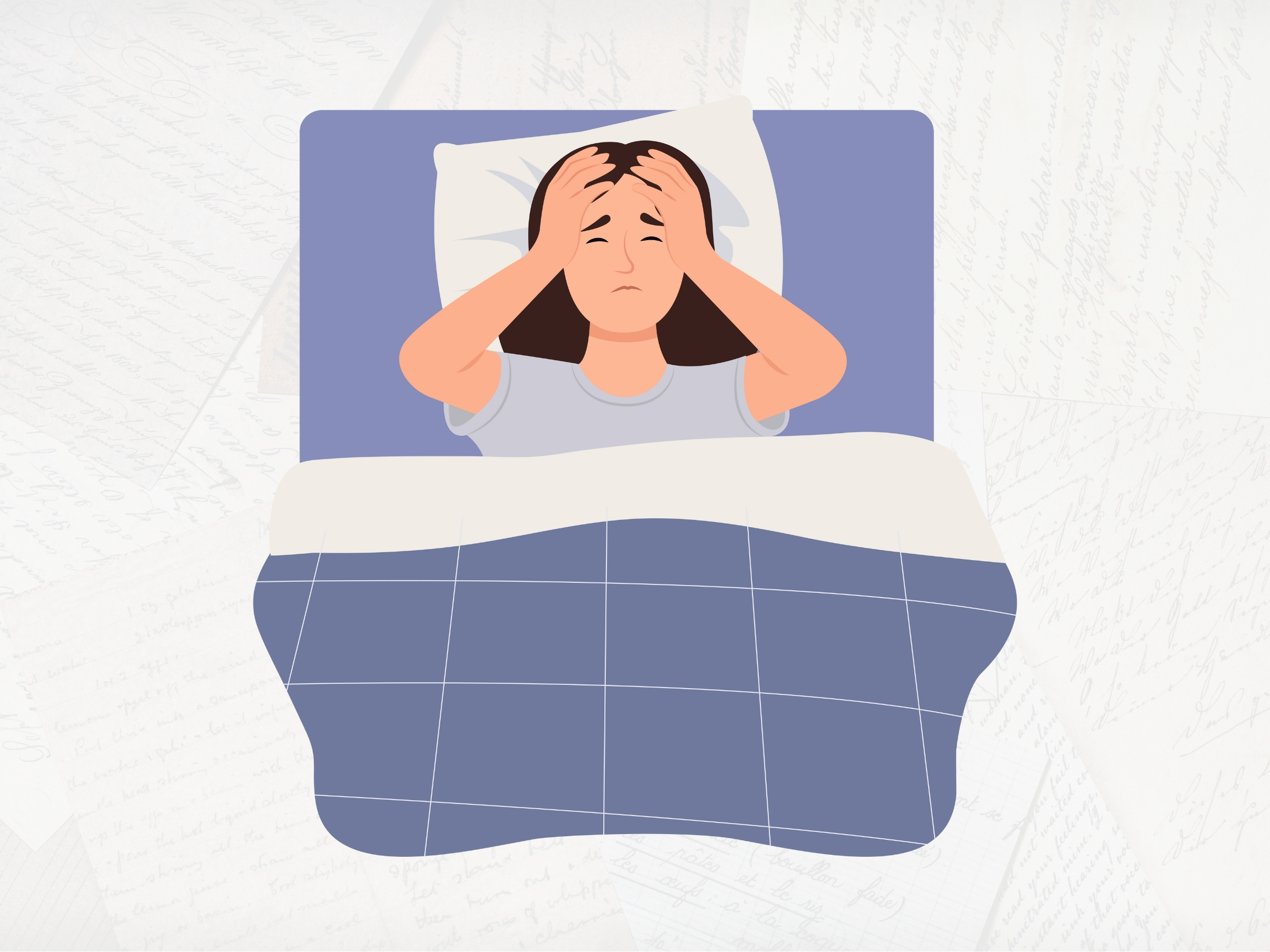
Content note: Medical trauma, ableism.
Becoming physically disabled as a teenager is an experience I do not recommend trying for yourself, but that’s just the luck of the draw, I guess.
For some context, in late 2022 I began experiencing extreme fatigue and widespread pain after I had COVID-19 that July. As many a doctor would assume, we first believed it to be an innocent physical injury.
Back pain, sore joints, hip pain, abdominal cramps, extreme tiredness, dizzy spells – these were all things that could be explained away by doctors and myself for a time. Strained muscles, a history of bad joints, my period (the ultimate excuse for any woman’s pain) were wheeled out as potential causes. You know teenagers, they love to sleep.
Turns out the blood tests were needed, and I had low thyroxine and iron, which could explain the dizziness, fatigue and joint pains … until it couldn’t.
I did everything right, took the medications, got further blood tests, but it didn’t get any better. Physiotherapist appointments, ultrasounds and x-rays came back with the same result: no physical anomaly of note. I kept being giving pain medication after pain medication, but nothing even touched the edges of it. My first doctor refused to give me anything else because, “I don’t like giving anything stronger to children.”
That doctor got replaced very quickly after she ignored me when I spoke about wanting to get an autism diagnosis, even though in that room I was the most knowledgeable person on my own mind and the ASD diagnostic criteria.
My current doctor is much better, and he immediately gave me the stronger medications I needed, despite this not being procedure in most cases. He could see that this was not most cases. When we mentioned different conditions that matched some of my symptoms he listened to me. When my blood tests were coming back completely normal, he kept trying to find solutions. I can list almost a dozen pain meds I was prescribed in different dosages that did nothing. This back and forth continued for months, until we finally found results. Eventually I was put on medication for fibromyalgia, and I finally had some of my pain reduced. Still, I found a diagnosis quicker than most, with just under two years of regular appointments, blood tests and a constant adjusting of medications or dosages with each visit.
Early on in 2025, I found some relief, yet it almost felt heavy. That diagnosis confirmed it: this is as good as it gets, because there is no cure.
To think this had all started in 2022, when I was just 13. Some days I reflect, and I barely recognise that young kid. I don’t think she can fathom how different her life is about to be.
The year 2023 is still a blur to me, I spent most of it in bed and in pain, tired and hopeless. So many of those days were the same; sleeping 12-14 hours a day, while still being awake past midnight, dealing with insomnia I didn’t know was abnormal. In the first half of that year, I missed 36 days of school, which is over 7 weeks out of 18. Thankfully though, it got better the latter half of 2023. I had less days where I couldn’t get out of bed, I was sleeping better. I started doing half days, consoled bythe fact that going to school part of a day was better than none of it. I began to want to get out of bed for more than my basic needs, when my girlfriend asked how my day was – the answer began to be ‘good’, instead of ‘not great’.
I thought I was through the worst of it, but then 2024 rolled around and it got worse again. There was a total of 60 and a half days missed in the first semester, with a 60% absence rate. In semester 2 – 47 days absence. Overall, for the year of 2024, I had an attendance rate of under 33%. In late 2024 I began using my cane. It makes things easier, takes less of a toll, and makes life more manageable.
At this same time, I was also pursuing an autism and ADHD diagnosis, which was the first of my disabilities to be officially recognised by doctors.
Academically, I have always been skilled, and those years of turmoil were the first where I couldn’t do it to my preconceived high standards. School became more about passing rather than excelling, as I had previously done. I put effort towards my extra-curriculars instead of my studies, because it became more about finding joy in my life rather than creating a perfect academic record that wouldn’t matter in a couple years, anyway.
I had to learn the hard way that, just because I can do something doesn’t mean it is a good idea. Now, I weigh up my options: should I push myself to do something, or is it not worth the pain and exhaustion it will cause?
My parents have been so gentle in helping me through everything; we have learnt together how my body reacts to stress and strain. But I still worry if I am a burden to them, because I used to always be voluntarily independent but now, I rely on them more than ever. I worry about my girlfriend, if she will be able to cope with my care needs when we share a home. She has been there for me in my hardest moments, but it isn’t her job to look after me.
How does one strike the balance of accepting help without being an extra burden for those you love? Will they truly be there for you through sickness and in health? What if the rest of your life is in sickness and in pain, will they choose to stay then or are you too much?
I fear becoming mean and callous, the pain I experience sucking the joy from my character and the lives of those around me. I miss the child I used to be, who had such zest for life, something I fear I am losing over time. How does one continue to be what is expected when the future laid before you has been shattered on a whim?
It feels as if you are presented with a choice: to continue on the path you’re on and attempt to meet expectations, at detriment to yourself, or to turn the crossroads and choose a new path, to be as authentic as possible, whatever that entails. Will your authenticity be too much? Too nihilistic for some, maybe. You must get comfortable with discomfort; it is your new normal. But more importantly, you must decide: Do you pick up the pieces to create something new and modify your expectations? Or do you aim for the same standards, despite understanding the risk you are undertaking?
So, I made a choice, I realised I couldn’t keep trying to be the student with a flawless academic record, who had clear aspirations to help as many people as they could, not without destroying myself in the process. I turned at the crossroads, made a choice to just try my best; with an important caveat, the understanding that I can no longer push myself as hard as I used to.
This moment to me felt as if my dreams had been shattered, the pieces laid at my feet. But from the chaos I saw something I had not seen I in a long time: hope. A hope that I can achieve my dreams, as long as I give myself grace. It was not a loud hope, it was a quiet hope that appeared during the good days. Not that I would magically feel better, but that I was no longer stuck. Both physically and mentally. My aspirations to be politician or a lawyer, to advocate for others no longer felt so far out of reach. It no longer felt like someone else’s dream. That hope is still hard to find some days, when doubt and fatigue rear its ugly head, but those are only some days, on those days it has to be nurtured like a newly born fire, that is not yet strong enough to burn on its own.
There is a way to achieve the things I want, but it is not a fast process, it is slow and methodical, taking the energy to do things when I can and not expending more energy than I have when avoidable.
The way I have described this sounds poetic, but I can assure you, it was not. It was many late nights, existential dread, fear and dismay. I could tell you it all clicked at one moment, but it did not, as it is a long process of grief, worry, turmoil, meltdowns and finally acceptance. I do not think it will ever truly be over, but it gets easier.
My grief about losing mobility has such nuance to it, and is so personal that it feels wrong for anyone else to be sad on my behalf. To me it feels as if I am the only one who is allowed to grieve, for it is something only I have lost. It is also grief for what my younger self went through, struggling to find answers, with almost no idea of what was wrong.
I do not mean to write this to be some sappy inspiration story for your consumption, and I will not be treated as such. If you want to use my experience as an inspirational story of someone overcoming hardship, you misunderstand me.
I write this with the hope that someone who is mirroring with or mirrors my experiences can see this and understand that this is not always the end. That it will never be some perfect fairytale ending where everything is perfect and nothing ever hurts or goes wrong, but your pain, your disability can be manageable.
You may not live a ‘normal’ life, but you can still live. If there is one thing you take away from this, let it be this:
Live, not for others expectations, but for yourself, for the small joys in life, for that part of you that never thought they would get out of bed again.
Do not put me on a pedestal and say, “look what she achieved despite her circumstances, she is a role model”, because I am not.
I am disabled, and I have had an easier time than many I never really had my medical concerns or needs ignored and when I did, I had the privilege to change medical practitioner. I have the privilege of being able to not push myself to hard, as I am not risking my livelihood, shelter or stability. I am able to just live my life, one day at a time. I’m not inspirational, I just am.

About the Author
Charlotte lives on her family’s farm in the South West of WA, on Noongar country. She is passionate about human rights and politics, and tackles the multiple challenges that her life brings alongside plans to graduate high school and take over the world. If her plans for global domination don’t pan out, she expects to be that crazy old lady lesbian with too many animals who shakes her cane at the neighbourhood kids on her lawn. In her spare time Charlotte likes to peruse thrift shops, cook, and espouse the delights of historical fashion through a lens of socialism and a sense of cynicism.
(If you can’t tell, Charlotte is not entirely sure how to describe herself without humour or just listing academic accolades.)

